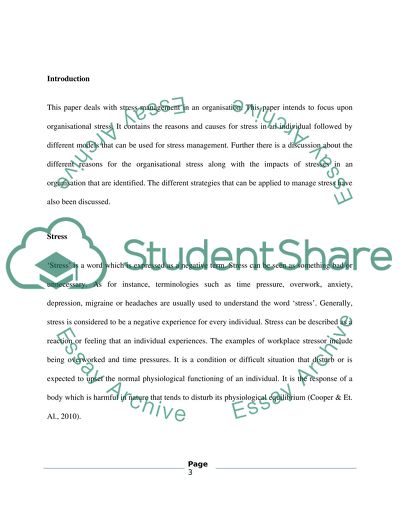Cite this document
(“The Causes of Occupational Stress and Its Effects on Overall Dissertation”, n.d.)
Retrieved from https://studentshare.org/family-consumer-science/1423079-the-causes-of-occupational-stress-and-its-effects
Retrieved from https://studentshare.org/family-consumer-science/1423079-the-causes-of-occupational-stress-and-its-effects
(The Causes of Occupational Stress and Its Effects on Overall Dissertation)
https://studentshare.org/family-consumer-science/1423079-the-causes-of-occupational-stress-and-its-effects.
https://studentshare.org/family-consumer-science/1423079-the-causes-of-occupational-stress-and-its-effects.
“The Causes of Occupational Stress and Its Effects on Overall Dissertation”, n.d. https://studentshare.org/family-consumer-science/1423079-the-causes-of-occupational-stress-and-its-effects.


